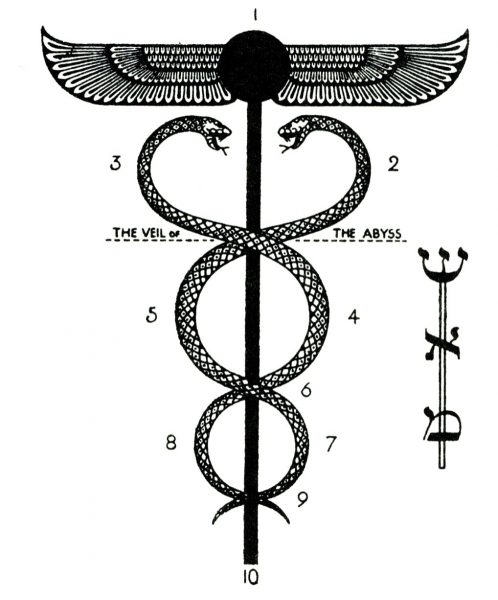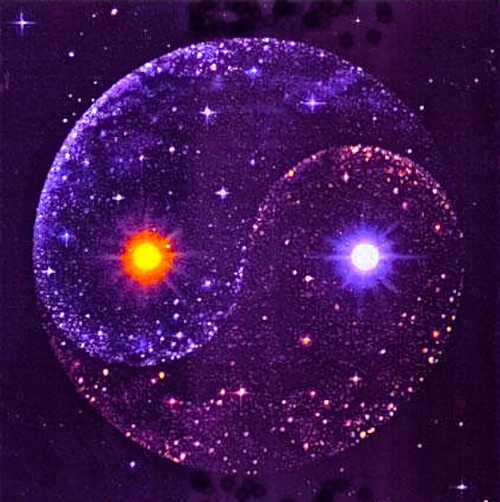One of the most dramatic examples of this union of opposites in recent cinema occurred in the second film of the “Lord of the Rings” trilogy, “The Two Towers.”
The movie opens with Gandalf the Grey engaged in a battle with a fire demon called the Balrog. Gandalf the Grey and the Balrog are polar opposites in every respect. Their battle results in mutual destruction as is shown later in the film when several characters meet the new Gandalf the White in Fangorn Forest.
Gandalf the White represents the union of the opposites into a stronger, more balanced character. The benevolence and wisdom of Gandolf the Grey combined with the fiery power of the Balrog, which represented Gandalf’s shadow.
But, as per this model from Jung, Gandalf the White is a new whole person who is greater than the sum of the two parts [opposites].



